Tokyo travel guide
Architecture
History has been hard on Tokyo’s architecture: fire, earthquakes, bombs and high-speed economic development have all left their mark on this sprawling, enthralling capital. The architectural scene is as dynamic as it is unsentimental but some buildings have managed to survive. The sense of history is barely hidden by the city’s superficial modernity.
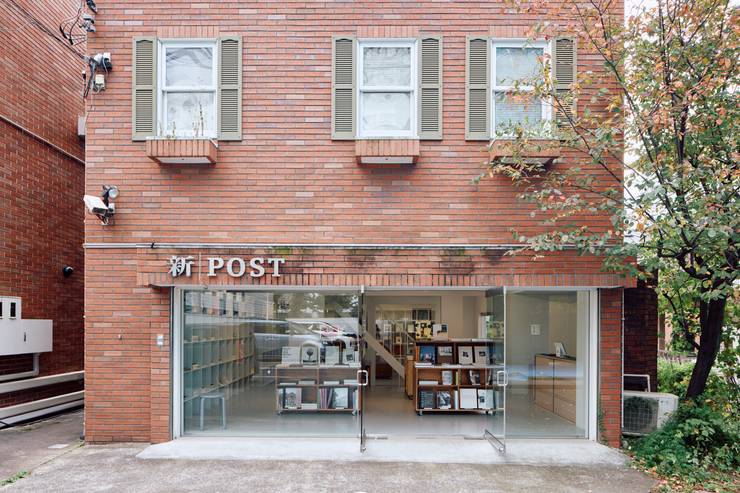
Post Architecture Books, Minami Aoyama
The publisher of Shinkenchiku, one of Japan’s leading architecture journals, has launched a bookshop. Post Architecture Books (also known as Shinkenchiku Shoten) in Tokyo’s Aoyama district presents about 500 titles selected by Yusuke Nakajima, the owner of independent bookshop Post. Seeking to offer a broad perspective on architecture, the shop has assembled a line-up that includes both Japanese and foreign titles, covering spatial design, monographs, urbanism and anthropology. The space also serves as a venue for events and exhibitions.
post-architecture-books.com
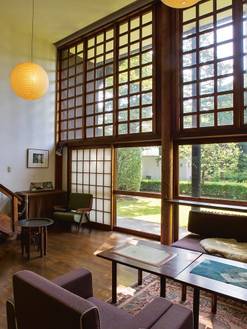
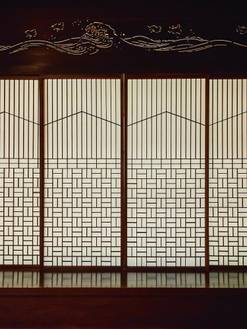
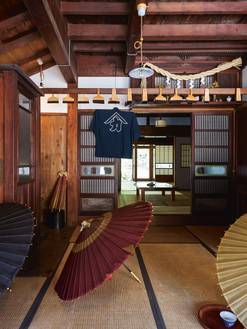
Edo-Tokyo Open Air Architectural Museum, Koganei
This outdoor annexe to the Edo-Tokyo Museum is an architectural park on the outskirts of the city. Home to buildings from a Tokyo that has long since disappeared, it is a revelation. From farmhouses to public baths, prewar shops and even a kabuki theatre, there are buildings here that have been saved from the ravages of earthquakes and developers. The museum also has a number of private residences, including the 1942 home of the architect Kunio Maekawa.
3-7-1 Sakura-cho, Koganei(inside Koganei Park)
+81 (0)42 388 3300
tatemonoen.jp
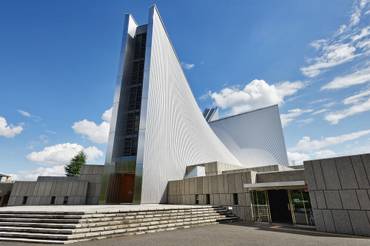

St Mary’s Cathedral, Sekiguchi
Prolific architect Kenzo Tange’s concrete St Mary’s Cathedral was built in 1964 to replace the original Catholic church on the site that was destroyed during the Second World War. From the ground, Tange’s design recalls a bird with outstretched wings soaring upwards to the heavens.
3-16-15 Sekiguchi, Bunkyo-ku+81 (0)3 3945 0126
cathedral-sekiguchi.jp
Images: Kohei Take, Getty Images

